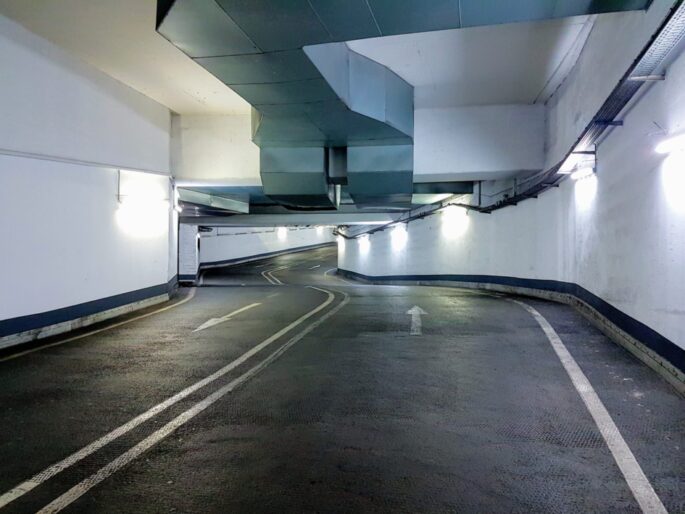No matter how much traffic your parking garage sees, keeping it in good shape will extend its life, save you money and help you avoid costly surprises down the road. Your parking garage is exposed to so many potential sources of damage, like weather, traffic, water, salt, chemicals, and more, that taking a proactive approach with sealants can help you avoid damage before it even happens.
Ongoing maintenance for your parking garage means that you will slow down or reduce progressive damage like corrosion, which can become unsightly and over longer periods of time, can compromise the integrity of the structure.
RELATED: How to keep your parking garage clean
Factors to consider
There are several types of sealants but start by determining the age and condition of your parking garage to decide which best suits your needs. Other factors like how much traffic you have, the amount of salt you use, exposure to sunlight, and how long your garage can be out of commission during the application all also need to be factored into your sealant choice. Once you’ve assessed your needs, you can choose the best sealant for the job.
Types of sealants
While the damage occurs most frequently on the underside of the deck, it is a result of moisture originating from the top of the deck. That’s why it makes sense to seal your concrete to try and avoid that moisture altogether.
Choose a sealant that addresses the condition of your concrete deck, your budget, and your approach going forward. Here are the four types of sealants and why they may best suit your needs:
- Surface: This is often liquid-applied, epoxy or polyurethane-based, easily installed on your own, and is generally cost-effective. While it does protect against moisture, it is not designed to withstand much abrasion, so is best suited for places with mostly foot traffic, rather than parking garages with high vehicle traffic.
- Penetrating: Also easy to apply, this sealant is more costly than the surface style, but offers more protection with a barrier that repels water as it penetrates the concrete. Applying this over an undamaged surface typically provides three to five years of protection.
- Thin bond overlays: This sealant is thicker, providing a hard surface over the concrete that repels water before it reaches the deck. This application is more expensive but also offers the benefit of filling in pores in the concrete, however, it needs to be applied over a prepared surface and will require you to repaint all your markings after it dries.
- Traffic-bearing membranes: The thickest of the sealants, this type often has a base coat and top layer, creating a strong, tear-resistant surface above the concrete. This sealant also requires a prepared surface but can fill in cracks, holes, and other surface damage.
Regular maintenance
Keeping your parking garage looking and performing at its best is not a ‘set-it-and-forget-it’ situation. Checking the sealants, cleaning the surface, re-applying the sealant, and documenting progressive conditions are all part of the multi-step approach to manage your budget and keep your parking garage lasting as possible.








